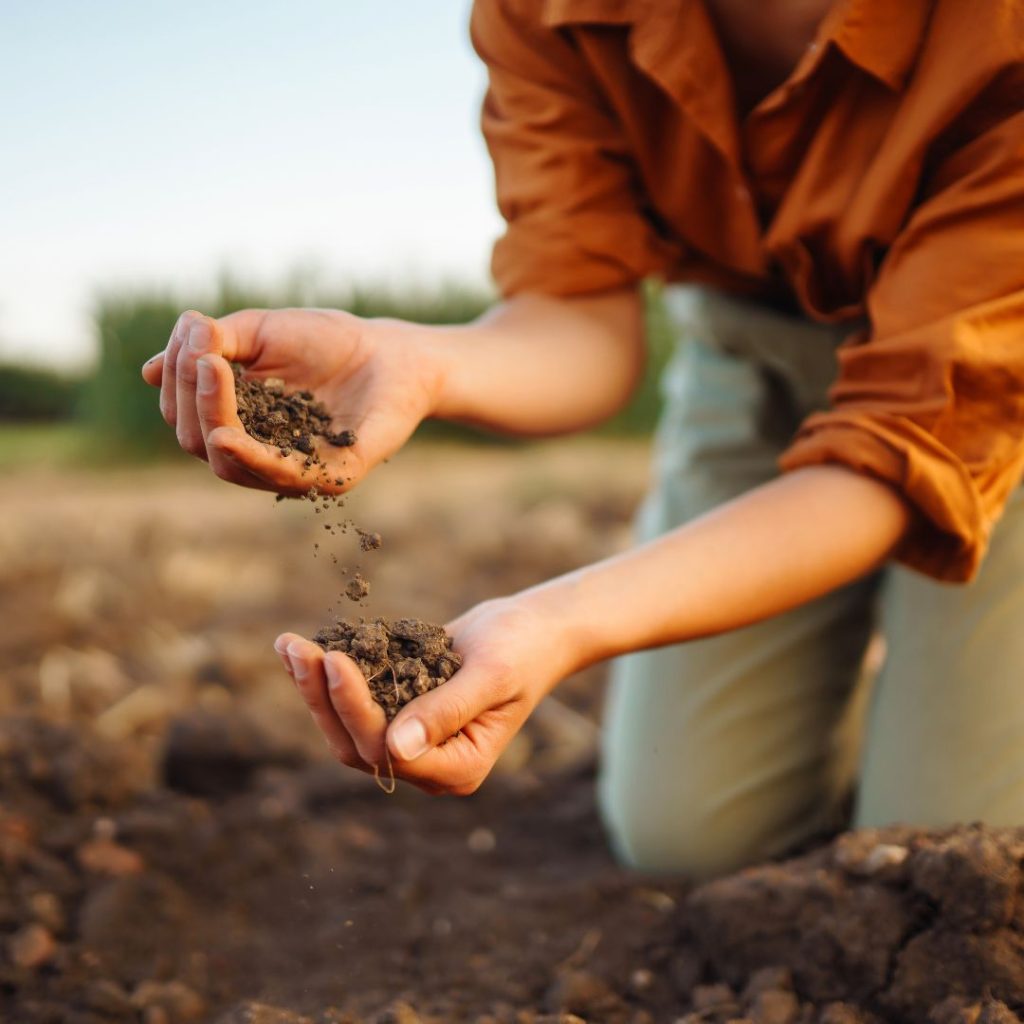The wonder of our soil

Our soil is full of life. In unimaginable quantities. It nourishes us. Stores water. And carbon. We walk on it without realizing how much life we are standing on. In a constantly repeating, mostly invisible cycle, soil organisms decompose dead material such as leaves, animal carcasses and much more into nutrients, which in turn are crucial for our plants to thrive.
Who lives in the ground?
All soil organisms together are called edaphon. This can reach a weight of 25 tons per hectare in a forest. It consists of bacteria, fungi, protozoa, nematodes, springtails, isopods, threadworms, arthropods and earthworms.
More creatures per 0.3 cubic meter of earth than humans worldwide
Unbelievable, but true - 1.6 trillion (1 trillion is 1000 billion) living beings live in 0.3 cubic meters (this corresponds to an area of 1×1 meter and a depth of 30 cm) of soil - in comparison: "only" 7.88 billion people currently live on Earth (as of 2021).
According to GEO:
- 2.5 trillion microorganisms: Bacteria, fungi, algae - they make up the majority
- 1 million threadworms
- 100,000 mites
- 50,000 springtails
- 25,000 rotifers
- 10,000 bristle worms
- 100 beetle larvae
- 100 dipterous larvae
- 80 earthworms
- 50 woodlice
- 50 snails
- 50 spiders
Soil is an important carbon store
Healthy soils with a high humus content can store considerable amounts of CO2, according to environmental and climate scientists. If this humus content were to be increased by 4 per thousand from today's perspective, this could offset global CO2 emissions, writes the ORF. There is a humus movement that is working intensively on this topic in Austria. Regenerative agriculture focuses on building up and protecting the soil.
How is the Edaphon doing these days?
This question is essential for the future of our nature and our agriculture.
The progressive sealing of soil is a massive issue and with it the fact that once soil has been sealed, it is very difficult and time-consuming to convert it back into healthy, unsealed soil. There are already many articles on this topic on pro.earth, which is why we will not go into further detail here.
The condition of the soil can be visually determined using indicator plants and animal species. A soil sample then provides precise information. The number of earthworms, the rooting depth and the density of the soil also give an indication of the condition of the soil.
In many places, soil life is impoverished, the soil is compacted and can therefore absorb and filter much less water than before. Chemical fertilizers and pesticides also contribute to weakening soil life.






